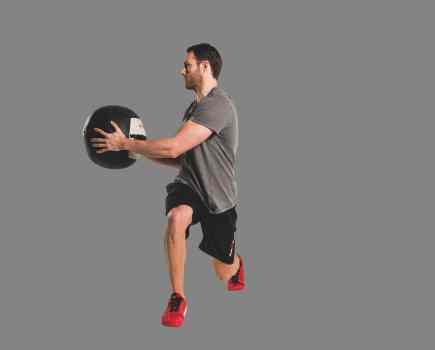
14th October 2024
Landmine exercises: 6 of my favorite moves
Build full-body strength with these highly effective exercises
Advertisement
The blueprint for building your best body, with the most effective workouts and exercises to do either at home or in the gym.

1st October 2024
Rev up your heart rate, incinerate body fat and ensure a full-body pump

1st October 2024
Blitz your upper body with this classic push/pull formula for maximum muscle

30th September 2024
Fast-track fat loss with this short and sharp two-move workout

27th September 2024
Build lower body power and core strength to level up your 5-a-side game

27th September 2024
Strengthen the muscles and tendons around your shoulder joints to ward off lifting-related injuries

23rd September 2024
The following eight-move warm-up circuit utilises the controlled resistance of bands to get you primed for action

23rd September 2024
If you're short on time and kit, you can still get a worthwhile workout in with just a backpack

16th September 2024
Build muscle and strength from home with this resistance band full-body workout from performance coach Omar Mansour

16th September 2024
Build a bigger, broader chest and strong core with this dumbbell workout

13th September 2024
The ideal session for packed-out gyms, or cramped living rooms